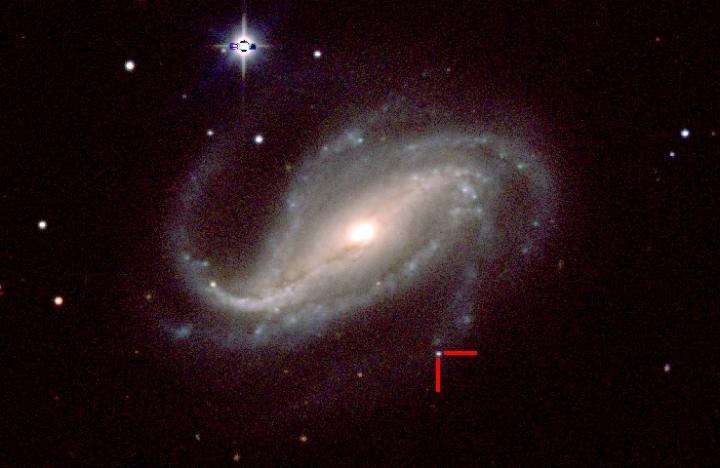
SUPER NERD ALERT! ASTROPHYSICS INCOMING!
This is so beautiful — you’re looking at what appears to be the “heartbeat” of a protostar, which is a sun-like star that forms out of a giant interstellar cloud full of molecular hydrogen and dust. Most of these clouds are found within the interstellar medium, which is best explained as the big space between star systems in a galaxy. Inside of these huge clouds of dust and molecular hydrogen (among other interstellar stuff), there is a lot that goes on, and it is some very complicated stuff, as you can imagine. Essentially, all of our knowledge on this is theoretical to some extent, as we obviously can’t just swing over and check it out for ourselves, we have to rely on telescopes, satellites, spectral analyses, and other data we collect on the subject.
As dust and gasses float around inside of these interstellar clouds, gravity plays a huge part in the creation of a new star. As gravity pulls dust and gasses into a “clump” at the center of one of these clouds, more and more stuff clumps together, creating a core of sorts — nobody really has a clue how this happens and why it occurs, but as a trillion trillion trillion of these bits of dust, interstellar gasses, and other “stuff” pull together to create a mass, the temperature of the core goes up. This is to be expected, as these bits of dust and gasses slam into each other. The density of this “core” also increases as more and more atoms inside of the interstellar cloud try to occupy the same space as they are pulled together by gravity. Also as you can imagine, the gravity of this core gets considerably stronger as more and more bit of interstellar stuff collect and clump at the core, which causes the temperature to get higher and gravity to get even stronger. This is the birth of a star. This process of a star grabbing more and more mass is called accretion.
A pretty interesting phenomena happens when the star being born reaches a point where the gas pressure inside the core is equal to the gravity of the entire core — the protostar reaches an equilibrium, and no more mass is pulled into the core. This is what is happening right now in the star being born in the video above, called V1467 Orionis, which is being born right now in McNeil’s Nebula, a big circular cloud of dust and gas located inside the constellation Orion. It was detected by NASA’s Chandra X-ray Observatory and the Japan-led Suzaku satellite. This is literally a star being born. In the video above you saw two spots, one on either side of the star — these are enormous holes where the core is sucking in more gas and dust to fuel birth. Once equilibrium is established, this feeding will stop. The when, where, how, and why is unknown, but boy is it gorgeous.
Click on the image below for a full-size image of V1647 Orionis.
This image below is McNeil’s Nebula, which resides inside of the constellation Orion:
Thanks to Space.com, NASA, and Cosmic Ray!






